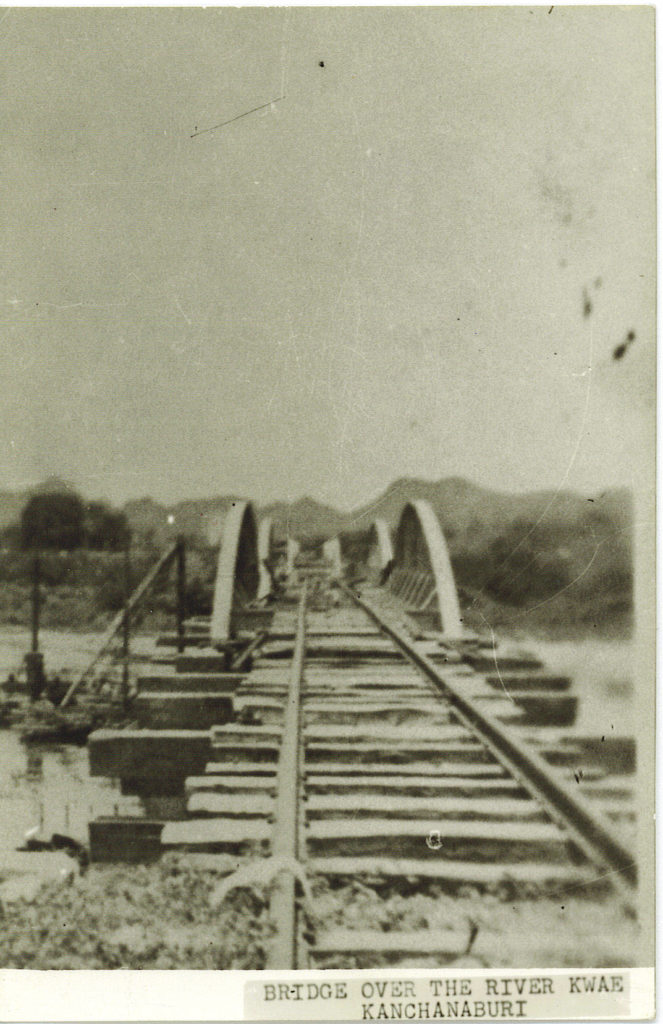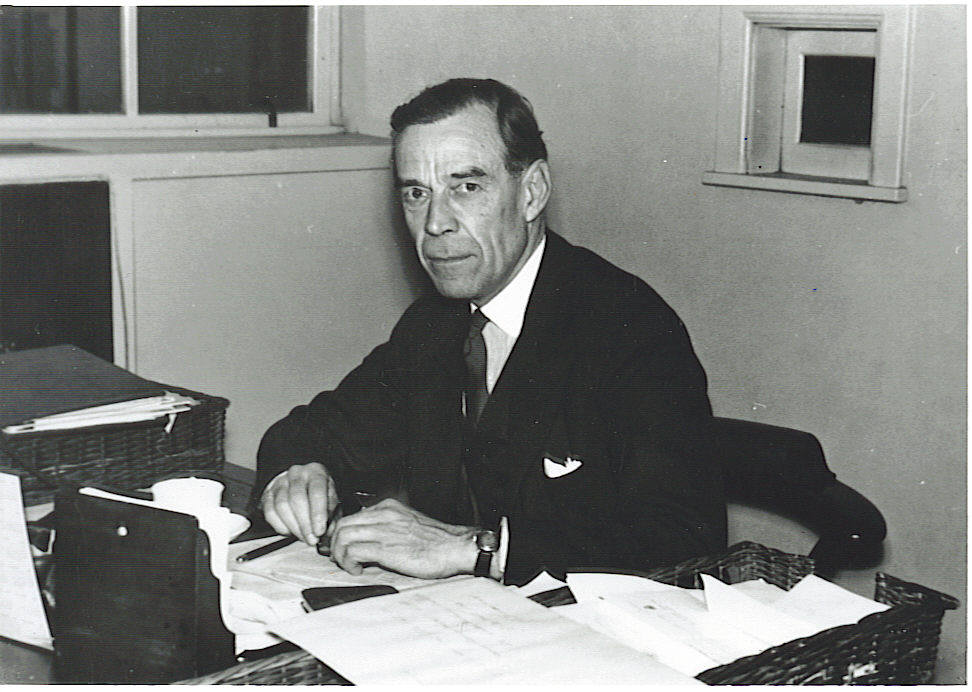Researching non-fiction is a bit like being a police detective, I imagine. Sniffing out clues and piecing together a story that brings the facts to the fore in a convincing way. I also imagine it must be near impossible to put a perfect case together as life is not neat and linear. It is chaotic, veering off in this or that direction and leaving traces which sometimes lead to vital clues and at other times a dead end. I will stop with the police analogy as I am out of my depth, basing my knowledge on Agatha Christie or PD James’s crime fiction.
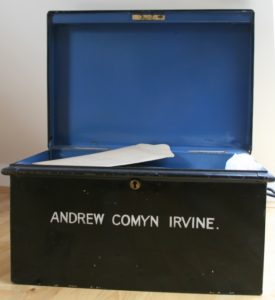
However, I am in the right part of the stream when talking about sniffing out clues about people’s lives for my non-fiction books. I am known as the ferret by my irreverent god-father. Others might describe me as a nosey-parker but whichever sobriquet you choose, the truth is that I am persistent in my pursuit of facts. In 2000 I found a trunk in the attic which no one in the family believed still existed. In this now famous trunk I found a blue foolscap folder, tied with a blue ribbon, and the title ACI Everest 1924 which gave me eleven letters written by Sandy Irvine to his mother, father and sister from the Mount Everest expedition. Also in the file were photographs, drawings, invoices for clothing and notes on his work on the truculent oxygen sets for the climb: all unseen for over seventy-five years. It was the archive find of my writing career to date and brought the book to life in a way that I had not anticipated. Suddenly I had this young man’s voice and it was thrilling.
When I was writing the biography of my grand-father, Philip Toosey, who was the colonel who built the bridge on the river Kwai, I had more material than I could possibly have wished for. There are collections all over the world charting the Death Railway from all sides of the story. Military histories focussing on the fall of Singapore are outnumbered by autobiographies from Prisoners of War in the Far East by about ten to one. And my grandfather had added to this mass by recording thirty hours of conversation with Professor Peter Davies on reel-to-reel tapes in the early 1970s. Having an embarrassment of riches can be almost as off-putting as having too little material. You have to work very hard to find the individual personal voice among so many.
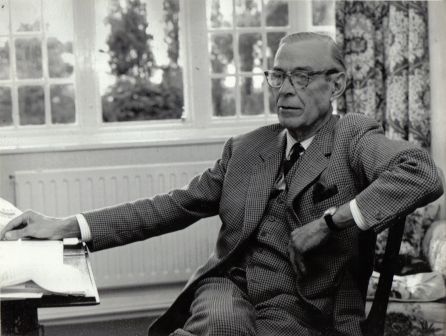
Eventually I did but in the most peculiar way. Every time Peter Davies went to interview Toosey, as he was universally known, he would start with ‘Well, Brigadier, today we will talk about …’ and then he would give a topic such as Baring’s Bank, Dunkirk or the Allied bombings of POW camps. One day I happened to be chopping carrots for my children’s lunch when Toosey himself announced the topic of the day: ‘Well Peter,’ he said, clearing his throat and bracing himself for what came next: ‘Today I would like to tell you about my experiences with women.’ ‘Oh heck,’ I thought, ‘what do I do now?’ Should I turn off the tape or fast forward it in order to preserve my grandfather’s privacy or should I listen, like a diligent historian? I listened, of course. And the listening was rewarded with the following: ‘Like most Englishmen, I could write the story of my sex-life on a postage stamp.’ I got off light there, I thought with relief.
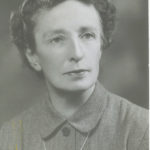
He then did go on to talk a bit about brief encounters in Piccadilly and Peru but his focus was on my grandmother, who he met in 1930 and married the following year. He described her as ‘formidable’. She was known as the regimental sergeant major and ‘we all love and respect her.’Over the course of the next two years I got to know this man who was in awe of his wife. I had known him as a child, of course. He died when I was fifteen. But that does not give you the kind of knowledge you need as a biographer. The tapes helped me to understand him in a way that no books ever could. Sometimes he would laugh when telling a story, at other times his voice would break, particularly when he was speaking of the men’s suffering in the prison camps. However, most impressive of all was his energy, his love of life and his determination not to be beaten down, however ghastly the circumstances. At the end of the war he was on a panel screening prison guards for war crimes. Some he had to condemn and it was not something he took any pleasure in. Revenge was not in his character.
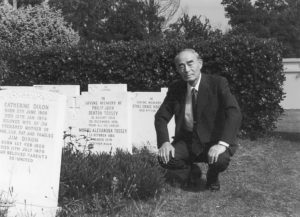
A Japanese guard who had given him a serious beating for allowing some prisoners to escape in 1942 came up in front of him. Toosey insisted he should be set free without punishment. He knew that this man, Sargeant-major Saito, had had to punish him because he had flagrantly disobeyed Japanese orders. He also knew that Saito had saved him from a far worse fate: cross examination by the Kempi Tai (the Japanese secret police). Saito finally came to Britain in 1984 to pay his respects to Toosey. He visited his grave and wrote to Patrick, Toosey’s son, after the visit: ‘I feel very fine because I finish my own strong duty. One thing I regret, I could not visit Mr Philip Toosey when he was alive. He showed me what human being should be. He changed the philosophy of my life.’ By the time I finished the book I believe I had my man.
Now I am embarked upon a third biography, separated in time by fifteen years and eleven books, and yet the task is the hardest to date. Audrey Withers was Vogue’s editor from 1940 to 1960. She was married twice and worked in later life as a volunteer for the Liberal Democrats. She received an OBE in 1954 and the Bi-centenary medal from the Royal Society of Arts in 1961. Yet despite being a public figure and publishing an autobiography, she has succeeded in remaining almost completely in the shadows. So reticent was she about personal matters that she filleted her father’s archive before she gave it to Somerville College, Oxford, removing all copies of personal letters referring to her. It is tantalizing to say the very least.
So I am have to piece together the jigsaw puzzle that will, I hope, paint a portrait of this remarkable woman by reading biographies and autobiographies of all the people she worked with. The relationship she enjoyed with the American photographer, Lee Miller, was the closest one she had during the war. Lee became Vogue’s war correspondent and I discovered recently that it was Audrey who worked hard to get her press accreditation so that she could go to France in 1944. Artemis Cooper’s biography of Elizabeth David gave me clues about Audrey’s interest in fresh and home-grown ingredients, while Hugo Vickers revealed that Audrey had been instrumental in persuading Vogue to reinstate Cecil Beaton as a photographer on the magazine after he had fallen foul of Condé Nast in 1938. Audrey’s own autobiography is more revealing for what it leaves out rather than what it includes and I am only now realizing that this is useful as it gives me clues about what mattered to her.
Valuable resources, which she could not destroy, are letters in the Condé Nast archives in London and New York. She was a prolific correspondent, as was Edna Woolman-Chase, the editor-in-chief of Vogue. Edna once complained that Audrey wrote too many memos and they were too long. That might be so but they are invaluable to me. These are full of detail of everyday life in London in the 1940s and 1950s. They give glimpses of personalities and offer reminders that famous photographers or writers, such as Cecil Beaton, Norman Parkinson and Elizabeth David, were real human beings with feelings, foibles and fury. I have a rich palette for the Vogue years and I am fortunate to have access to this material.
Of her private life, however, there is precious little. Here she did indeed succeed in hiding a great deal. Husband number one is a shadowy figure ‘who was never without a girlfriend’ and who has eluded my most determined efforts to track him down. There is minimal material from the 1911 census and an announcement of his second marriage in 1964. I know where and when he was born and died but apart from that there is almost nothing. When I say almost nothing, I do know one or two things that are revealed by the official records. I know, for example, that he did not volunteer for service at the outbreak of the war, unlike Audrey who was a driver for the Auxiliary Fire Service. That is recorded on the National Register from September 1939. He was working as a salesman for a bookshop in London, which would not have been a reserved occupation and he was only thirty-two. That strikes me as strange and I hope eventually to find out why.
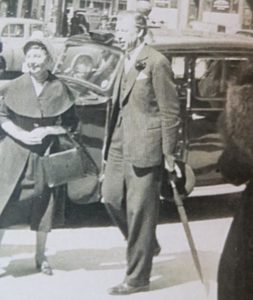
There is one fuzzy photograph of Jock, taken at a wedding just after the war. He is about six feet tall which I worked out from comparing the height of the taxi behind him, the woman to his left and taking into account perspective and the height of a London pavement. He is quite good looking and well-dressed but his shoes are not shiny, so that tells me that he had not been in the military. He has thinning fair hair, large ears and full lips. The way he carries his hat and umbrella tells me he is a man with confidence. I would so love to find another picture of him, though. A younger Jock. But none appears to exist.
I also know that he described himself as ‘head’ of the household at 31 Blomfield Road in the 1939 register. The other occupants of the house, which was divided into three flats, were his wife, Elizabeth Stewart, his parents and a spinster who lived on the top floor. I realized that Audrey compartmentalized her life to such an extent that she had two names. At home she was Elizabeth Stewart while at work she was Audrey Withers. She recorded her occupation as ‘journalist’ while her mother-in-law is ‘unpaid domestic help.’ It was then I understood her mother-in-law kept house, did the shopping, cooking, washing and ironing while Audrey worked long hours at Vogue, often not returning until 10pm, something she had mentioned more than once in letters. Slowly a picture of the domestic life in Blomfield Road began to emerge. I even managed to work out which floor Audrey lived on from a chance remark about moving downstairs to sleep in her parents-in-law’s sitting room during the Blitz.
This is the work that will occupy me for the rest of this year and I confess that I love it. I shall find my subject, as I did with my other two biographies, and it will all come together in the end. In the meantime, where are the passenger lists for Southampton-New York for April 1938?
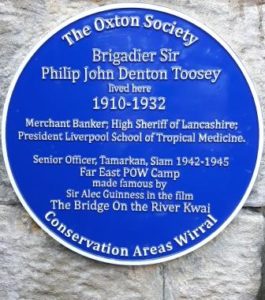 he transcript of a speech I gave to mark the unveiling of a blue plaque at the gates of the house where my grandfather lived in the early twentieth century. The people of Merseyside voted him the person most deserving of recognition. There was a huge turnout of Toosey relatives as well as two former prisoners of war, Maurice Naylor (96) and Fergus Anckorn (98) who unveiled the plaque. My son Richard read the words of the Japanese camp guard.
he transcript of a speech I gave to mark the unveiling of a blue plaque at the gates of the house where my grandfather lived in the early twentieth century. The people of Merseyside voted him the person most deserving of recognition. There was a huge turnout of Toosey relatives as well as two former prisoners of war, Maurice Naylor (96) and Fergus Anckorn (98) who unveiled the plaque. My son Richard read the words of the Japanese camp guard.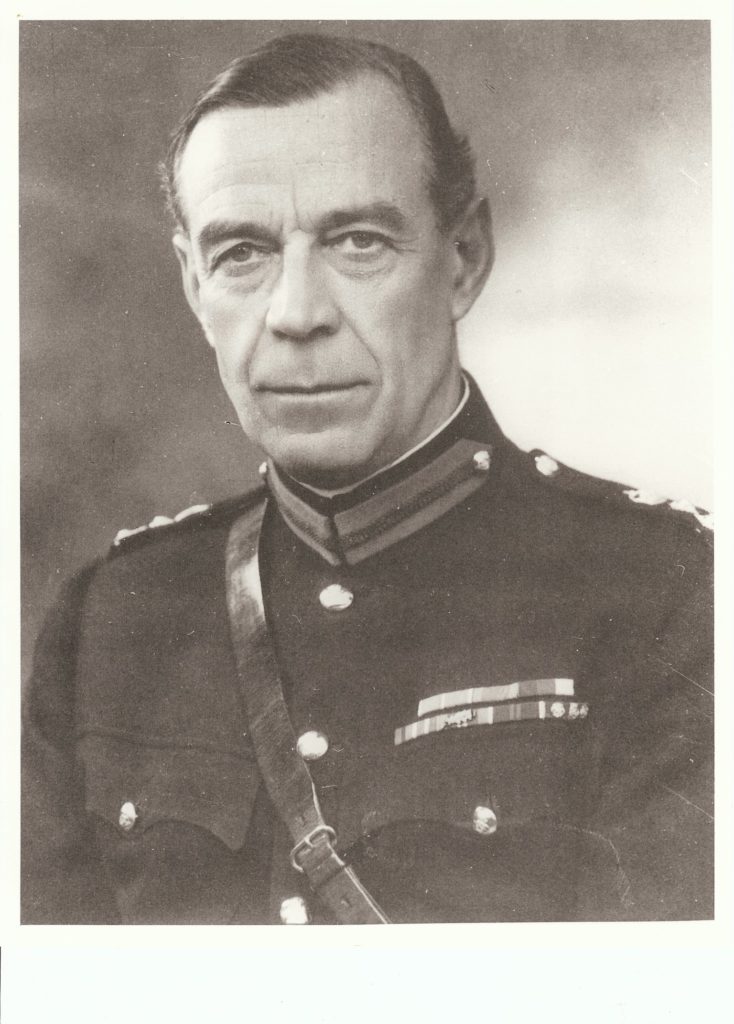
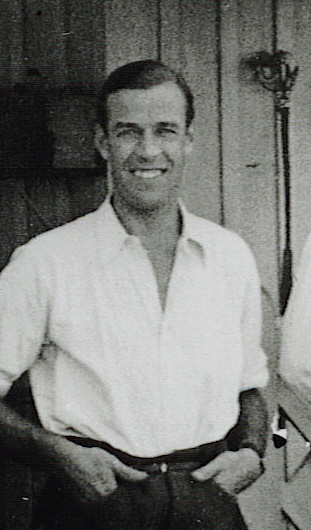 He was more than his title would suggest. His kindness, his delicious sense of humour, his repertoire of whistles and his passion for life never waned. He shared this passion with all who came into contact with him. To his friends he was Phil, and sometimes ‘Dear old Phil.’ To his wife, Alex, he was Philip with a particularly plosive P when she was cross with him. To his three children, Patrick, Gillian and Nicholas he was ‘The Captain’,named after Captain William Bush RN, a fictional character of extreme efficiency and loyalty in CS Forester’s Horatio Hornblower series. Thus to us his grandchildren he became Grandpa Bush. To his men he was the Colonel and later The Brig and to the thousands of people he met over the course of his working life he was simply Mr Toosey.
He was more than his title would suggest. His kindness, his delicious sense of humour, his repertoire of whistles and his passion for life never waned. He shared this passion with all who came into contact with him. To his friends he was Phil, and sometimes ‘Dear old Phil.’ To his wife, Alex, he was Philip with a particularly plosive P when she was cross with him. To his three children, Patrick, Gillian and Nicholas he was ‘The Captain’,named after Captain William Bush RN, a fictional character of extreme efficiency and loyalty in CS Forester’s Horatio Hornblower series. Thus to us his grandchildren he became Grandpa Bush. To his men he was the Colonel and later The Brig and to the thousands of people he met over the course of his working life he was simply Mr Toosey.